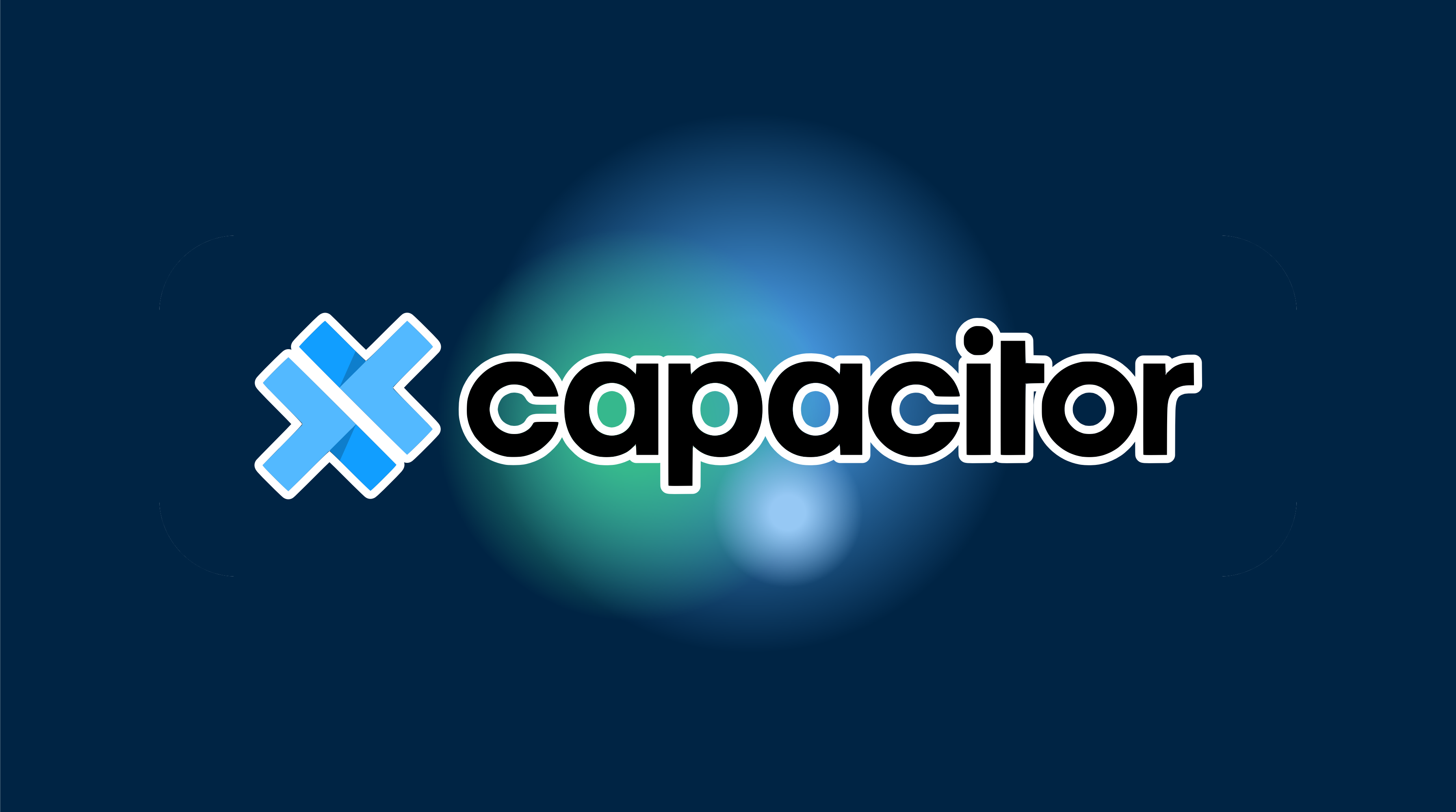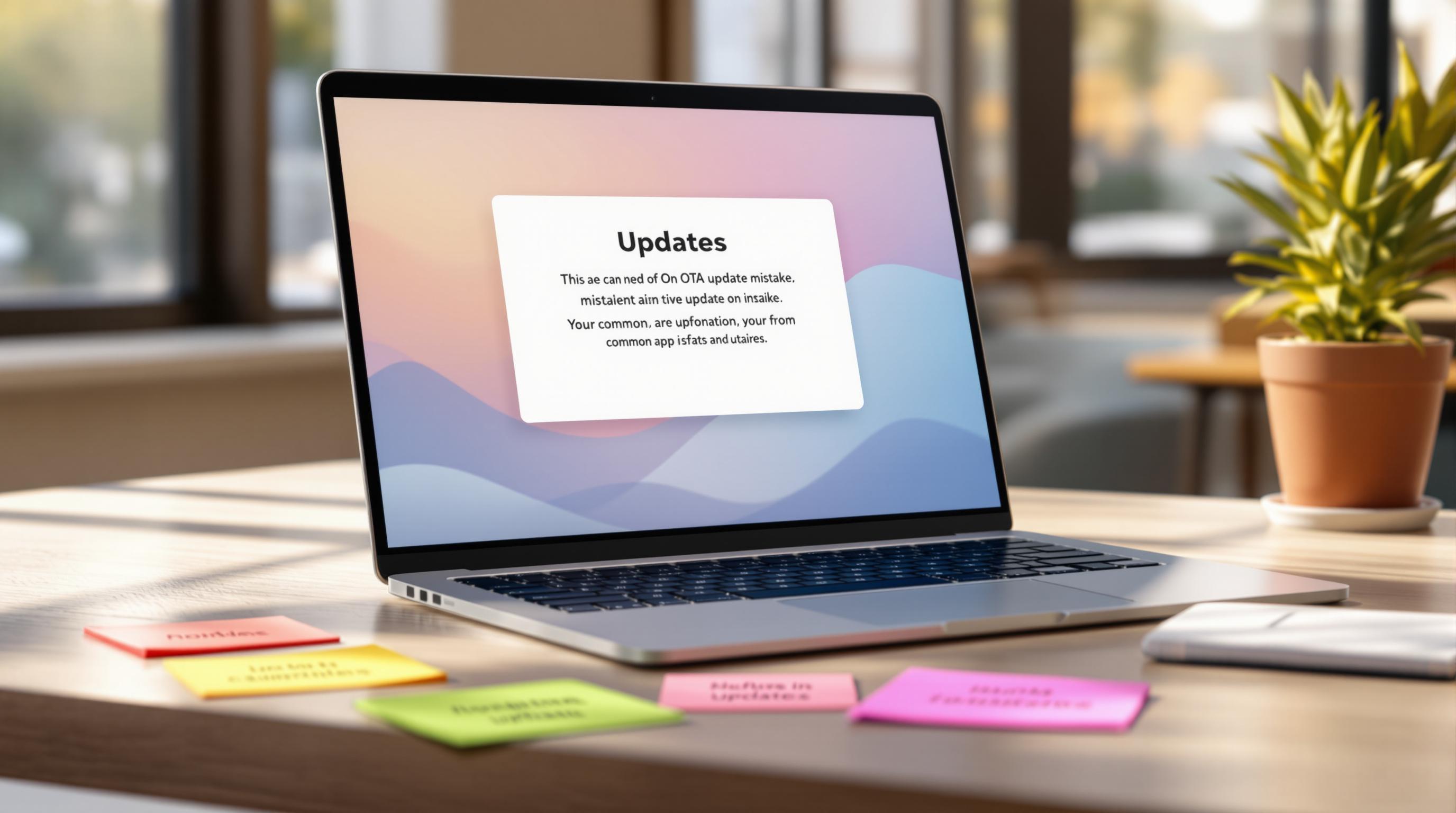Capacitor는 웹 개발자가 단일 표준 웹 코드베이스를 사용하여 네이티브 iOS, Android, Desktop 및 Progressive Web App을 만들 수 있도록 해주는 다재다능한 도구입니다. Ionic 팀에서 개발한 Capacitor는 최근 몇 년 동안 웹 기술의 모바일 플랫폼 잠재력을 인식하는 개발자들로부터 상당한 주목을 받았습니다. 이 포괄적인 가이드에서는 Capacitor에 대한 가장 일반적인 질문에 답하고 그 기능, 사용 사례 및 이점을 탐구합니다.
Capacitor란 무엇인가요?
Capacitor는 웹 개발자가 현대 브라우저에서 실행되는 표준 웹 기술을 사용하여 크로스 플랫폼 앱을 구축할 수 있도록 해주는 무료 오픈 소스(MIT 라이센스) 플랫폼입니다. 이는 네이티브 플랫폼 SDK(iOS 및 Android), 명령줄 도구, 플러그인 API 및 미리 만들어진 플러그인으로 구성됩니다. Capacitor는 기존 웹 애플리케이션이 각 플랫폼에서 네이티브 앱으로 실행되도록 하며, JavaScript를 통해 네이티브 플랫폼에 대한 후크를 제공합니다. 이러한 후크는 앱에 직접 내장하거나 재사용 및 배포를 위해 독립형 플러그인으로 만들 수 있습니다.
Capacitor로 무엇을 만들 수 있나요?
Capacitor를 사용하면 네이티브 또는 다른 크로스 플랫폼 도구로 만들 수 있는 거의 모든 것을 구축할 수 있습니다. Capacitor 앱은 네이티브 플랫폼에 완전히 접근할 수 있으므로 대부분의 네이티브 기능을 구현할 수 있습니다. 그러나 네이티브 UI 컨트롤을 웹 앱 뷰 계층에 직접 삽입하는 것은 어려울 수 있으며, 현재로서는 다른 사람들이 사용할 수 있는 추상화된 기술로 제공되지 않습니다.
Capacitor는 누구를 위한 것인가요?
Capacitor는 HTML, CSS 및 JavaScript 배경을 가진 웹 개발자를 대상으로 합니다. 웹 또는 데스크톱 앱(Electron 또는 유사 도구 사용)을 구축하는 경우, Capacitor는 모바일 중심의 크로스 플랫폼 앱을 만드는 솔루션입니다.
팀이 Capacitor를 언제 선택해야 하나요?
팀은 웹 개발 기술과 기존 웹 투자를 활용하여 네이티브 플랫폼 앱을 배포하고자 할 때 Capacitor를 고려해야 합니다. Capacitor는 데이터 기반 앱, 소비자 앱, B2B/E 앱 및 기업 앱에 적합합니다. 특히 Ionic(Capacitor의 배경이 되는 회사)는 전용 기업 지원 및 기능을 제공하므로 기업 앱에 특히 적합합니다.
기존 웹 코드를 재사용하고 웹 앱과 새로운 코드를 공유할 수 있나요?
네! Capacitor는 표준 웹 앱을 네이티브로 실행하므로 팀이 웹 및 모바일을 위한 단일 코드베이스를 유지하거나 구성 요소, 논리 또는 특정 경험과 같은 웹 앱의 일부를 재사용할 수 있습니다.
Capacitor의 강점은 무엇인가요? 한계는 무엇인가요?
Capacitor는 표준 웹 앱을 네이티브 모바일 앱으로 실행하고 네이티브 기능으로 웹 앱을 확장하는 데 뛰어납니다. 웹 개발에 능숙하거나 상당한 웹 투자를 한 팀에 이상적입니다. Capacitor는 3D/2D 또는 그래픽 집약적 앱에 최선의 선택이 아닐 수 있지만, WebGL을 지원합니다. 웹 앱과 네이티브 레이어 간의 광범위한 통신이 필요한 앱은 Capacitor 통신 브리지가 직렬화로 인해 오버헤드를 추가할 수 있습니다. 그러나 필요할 때마다 Capacitor 앱은 항상 사용자 지정 네이티브 코드를 실행할 수 있습니다.
Native UI 컨트롤을 Capacitor와 혼합할 수 있나요?
네, 모달 또는 상위 수준 내비게이션 컨테이너와 같이 Capacitor 웹 뷰 외부에 네이티브 UI 컨트롤을 표시할 수 있습니다. 네이티브 컨트롤을 웹 뷰 경험에 삽입하는 것은 가능하지만, 아직 다른 사람들이 사용할 수 있는 기술로 제공되지 않습니다.
Capacitor와 Electron은 어떻게 다른가요?
Capacitor는 종종 “모바일을 위한 Electron”으로 설명됩니다. 이는 Electron의 모바일 중심 대응물 역할을 하기 때문입니다. 그러나 Capacitor는 배포 플랫폼으로서 Electron을 겨냥할 수 있으며, 이는 더 높은 수준의 추상화입니다. 데스크톱 플랫폼만 겨냥할 경우 Electron으로 충분합니다. 그러나 모바일, 웹 및 데스크톱을 위한 크로스 플랫폼 앱을 구축하고자 한다면 Capacitor는 Electron 및 기타 플랫폼을 지원합니다.
Capacitor와 Ionic은 어떻게 다른가요?
Ionic은 Capacitor, Ionic Framework, Stencil, Appflow 및 기타 앱 개발 중심 제품을 만드는 회사입니다. Capacitor는 앱의 네이티브 측 및 네이티브 앱과 웹 뷰 간의 통신을 처리하는 도구 세트입니다. Ionic Framework를 포함하여 웹 뷰 앱에서 사용되는 프레임워크 및 기술과는 관계가 없습니다. Ionic Framework는 웹 앱이 네이티브처럼 보이고 느낄 수 있도록 강력한 UI 구성 요소를 제공하는 모바일 UI 툴킷입니다.
Capacitor와 함께 Ionic Framework를 사용할 필요가 있나요?
아니요, Tailwind, Material UI, Chakra, Quasar, Framework7 또는 자신만의 사용자 정의 구성 요소와 같은 다른 UI 및 CSS 프레임워크와 함께 Capacitor를 사용할 수 있습니다. 그러나 Ionic Framework는 웹 앱과 함께 네이티브 같은 경험을 만드는 데 여전히 훌륭한 옵션입니다.
Ionic의 Capacitor에 대한 전략은 무엇인가요?
Ionic은 Capacitor 채택을 촉진하고자 합니다. 이는 Appflow(그들의 모바일 CI/CD 서비스), Ionic Framework 및 기업 솔루션의 사용 증가로 이어집니다. Capacitor의 성장은 디자인에 따른 것이며, 웹 개발자가 모바일 앱을 구축할 수 있도록 더 프론트엔드-불가지론적 스택을 제공하기 위해 만들어졌습니다.
React, Next.js 또는 Remix와 함께 Capacitor를 사용할 수 있나요?
네, Capacitor는 React, Next.js 및 Remix와 잘 작동합니다. 표준 React 웹 개발과 React Native 사이에서 개발자를 더 가깝게 유지하며, 대부분의 React 라이브러리와 추가 기능이 Capacitor와 원활하게 작동합니다.
Capacitor와 React Native는 어떻게 다른가요?
Capacitor와 React Native는 크로스 플랫폼 개발을 위한 도구 및 플러그인 인프라를 제공하는 데 유사성을 공유합니다. 하지만 React Native는 JS와 React를 사용하여 플랫폼 네이티브 UI 컨트롤을 추상화하는 웹과 유사한 시스템을 사용합니다. 반면에 Capacitor는 표준 웹 앱을 위해 웹 뷰를 제공합니다. Capacitor는 네이티브 UI 컨트롤을 관리하고 JS 레이어와 동기화할 필요가 없기 때문에 React Native보다 덜 복잡합니다.
Capacitor가 React Native보다 빠른가요?
작업 부하에 따라 다릅니다. Capacitor는 iOS 및 Android에서 JIT 엔진에 접근할 수 있어 React Native보다 JavaScript를 더 빠르게 실행할 수 있습니다. 그러나 React Native는 네이티브 UI 컨트롤을 사용하여 UI 렌더링에 대해 “더 빠르다” 또는 “더 성능이 좋다”고 평가될 수 있지만, Capacitor 앱은 주로 웹 뷰에서 실행됩니다.
Capacitor와 Flutter는 어떻게 다른가요?
Capacitor와 Flutter는 모두 크로스 플랫폼 개발을 위한 도구 및 플러그인 인프라를 제공하지만, Capacitor는 JavaScript와 표준 웹 기술을 사용하고 Flutter는 Dart 및 사용자 지정 UI와 API 환경을 사용합니다. UI 측면에서, Capacitor와 Flutter는 모두 사용자 지정 렌더링 엔진을 사용하며, Flutter는 자체 구성 요소를 그리고 Capacitor는 대부분의 UI를 웹 뷰에서 렌더링합니다.
Capacitor를 React Native 또는 전통적인 네이티브 앱에 삽입하여 모바일 마이크로 프런트엔드를 구축할 수 있나요?
네, Ionic Portals를 사용하여 Capacitor를 React Native 또는 Swift/Kotlin으로 구축된 전통적인 네이티브 앱에 삽입하여 모바일 마이크로 프런트엔드 접근 방식으로 사용할 수 있습니다.
Capacitor에서 고성능 애니메이션을 위한 옵션은 무엇인가요?
Ionic Framework, Quasar, Framework7 또는 Konsta UI의 미리 제작된 최적화된 구성 요소를 사용하거나 Framer Motion, Lottie 또는 CSS 애니메이션을 사용하여 사용자 지정 애니메이션을 만들 수 있습니다. CSS 애니메이션을 사용할 때는 성능 모범 사례를 따르도록 하십시오.
Capacitor에는 몇 개의 플러그인이 있나요?
Capacitor는 26개의 핵심 플러그인과 수많은 커뮤니티 제작 플러그인을 보유하고 있습니다. 커뮤니티 플러그인 리소스를 위해 awesome-capacitor, capacitor-community 조직 및 Capgo 91개의 플러그인을 확인해 보세요.
Capacitor용 VS Code 확장 프로그램이 있나요?
네, Ionic VS Code 확장 프로그램은 Capacitor 확장 프로그램으로도 사용되며, 임베디드 미리보기, 디바이스 실행, 외부 디버깅, 프로젝트 품질 린팅, 보안 분석 등과 같은 기능을 제공합니다.
기업 전용 지원이 제공되나요?
네, Capgo는 기업 지원 및 기능을 제공하며, 여기에는 전용 지원, 라이브 업데이트 및 인증을 위한 네이티브 플러그인 등이 포함됩니다.
Capacitor를 시작하려면 어떻게 하나요?
Capacitor 문서를 방문하고 앱에 Capacitor를 설치하기 위한 지침을 따르십시오. Ionic Framework 및 Angular/React/Vue를 사용하는 의견이 반영된 Capacitor 앱으로 시작하고 싶다면 Ionic Framework 사이트에서 시작하기 흐름을 따르십시오.




